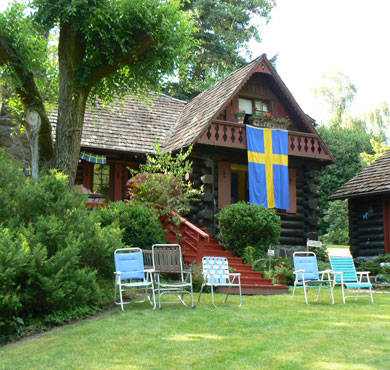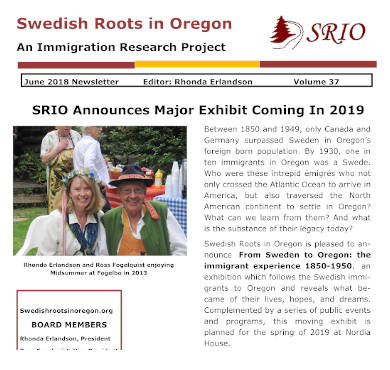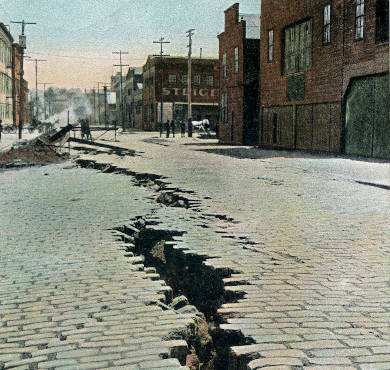
by David Anderson
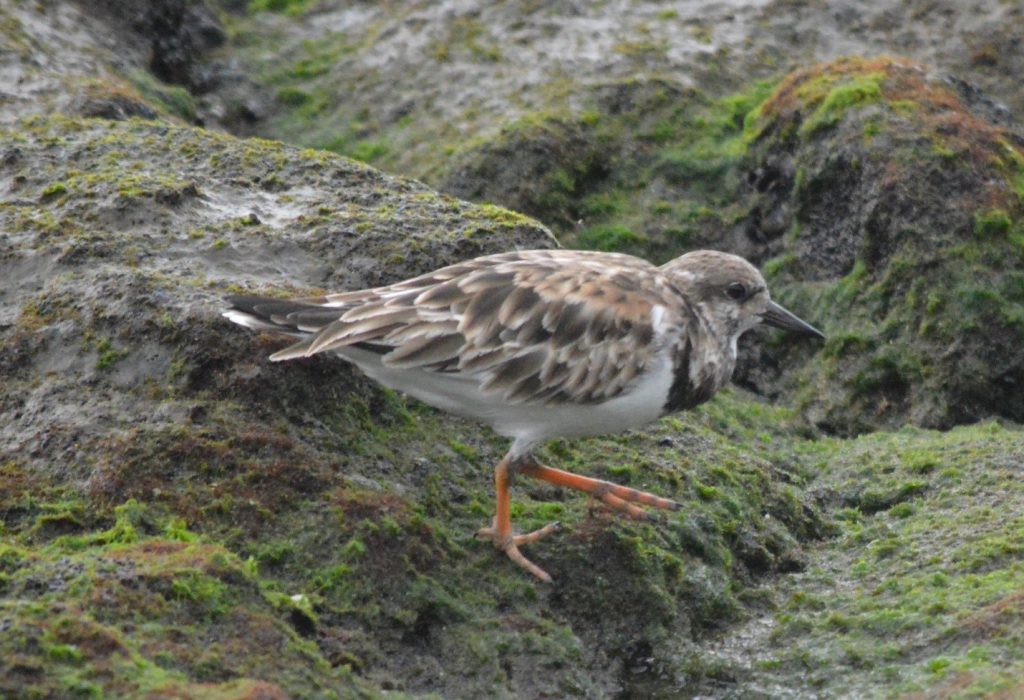
Genealogical research is a lot like being a Turnstone, a smaller shorebird that, as its name implies, turns stones and other flotsam in coastal areas as it looks for food in winter. What do Turnstones have to do with genealogy? They tell us that if we at first don’t succeed in finding what we are looking for, keep looking! The story of Swedish American John Peter Anderson provides an example of turning every stone to find the answers.

The fall of 1918 was a time of upheaval and turmoil. The War to End All Wars (it didn’t) was winding down and an armistice would be signed in November. The 1918 Influenza Pandemic was spreading with a vengeance and Portland would see the peak in October and early November. The SS Princess Sophia sailed north from Vancouver, BC on October 19, 1918, bound for Skagway. It would be the last opportunity of the season to sail south from Skagway, taking people who did not want to spend the winter in the mining camps of the Yukon or in Skagway.
“No sign of life. No hope for survivors.” Wired by Capt. J. W. Leadbetter, commander of the United States Lighthouse Service lighthouse tender USLHT Cedar, performing US Navy service as the patrol vessel USS Cedar during World War I.
The Princess Sophia was a steel-built passenger liner in the coastal service fleet of the Canadian Pacific Railway. One of four similar vessels, she was built during 1910-1911. On October 25, 1918, Princess Sophia sank with the loss of all aboard after grounding on Vanderbilt Reef near Juneau, Alaska. All 364 persons on the ship died making the wreck the worst maritime accident in the history of British Columbia and Alaska. Passengers included 50 women and children. Among the dead was Walter Harper, the first person to reach the summit of Denali, the highest mountain in North America. Other passengers included families of troops serving overseas, miners, and crews of sternwheelers that had finished operations for the winter. The sole survivor of the wreck was an English Setter dog found wandering on the shore of Auke Bay, Alaska. Most of the bodies recovered were laid to rest in Juneau.
Moving forward in time to the present, on a hillside in the Greenwood Hills Cemetery, near the Riverview Cemetery in Portland Oregon, there stands a large red granite monument for John Peter Anderson and his wife Elsie who died in 1918, not of influenza, but who “Were Drowned on Princess Sophia.” This discovery leads to more questions regarding the tragedy of the Princess Sophia, the answers to which I recommend Ken Coates and Bill Morrison’s 1991 book The Sinking of the Princess Sophia, Taking the North Down with Her. There are also short documentaries online including this one (Click Here) that runs about 20 minutes.
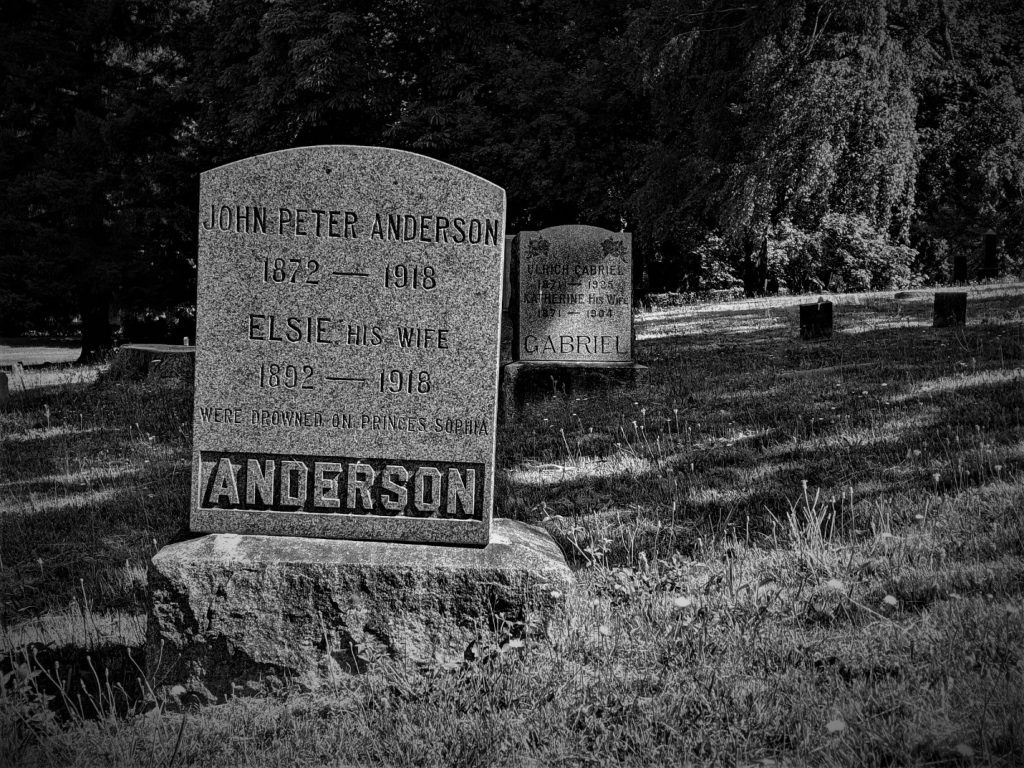
Who were John Peter and Elsie? This question is where the Turnstone comes in once again. Keep looking and you may find the answer…eventually.
From John Peter’s death certificate, we learn his occupation (Mine Owner), when and where he was (supposedly) born on 24 Dec 1871 in Backaby, Sweden. We also learn his parents’ names: father, Andrew Johannes Anderson and mother, Christinia Johansen, both from Backaby, Sweden. This vital information was entered by Emma L Brown who served as informant on the death certificate.


We can’t find a John/Jan/Johan Peter/Per/Pehr born on the reported date in Backaby, or correctly Bäckaby as it’s written in Swedish. Using the year of 1871, we search on Anders Johannes and Christina as given names for the parents and find people who closely match the names reported, and then the family of Johannes Peter Andersson who was born on 27 Nov 1871.
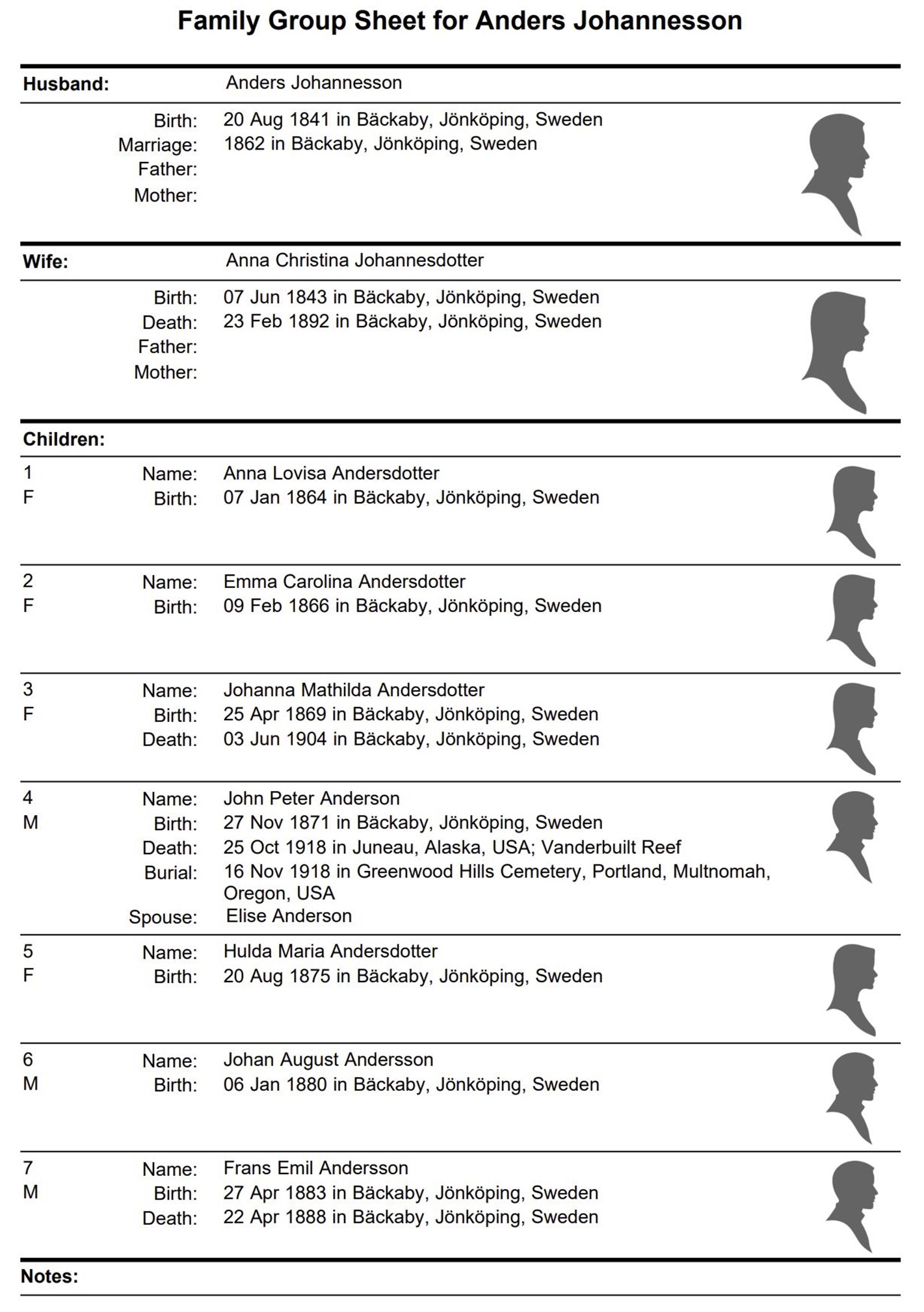
More stones remain to be turned in this story. Questions include:
Who is John Peter’s wife? Where is she from? Is her name Elsie, or Elise?
What happened to John Peter’s siblings? It appears all but two had emigrated to America by 1893, the year after their mother passed away and their father re-married. Where did they settle?
Who is Emma L Brown, the informant on John Peter’s death certificate?
What can be pieced together about John Peter’s life in America? Why were he and his wife sailing on the Princess Sophia on that fateful day? How did his final resting place come to be Portland, Oregon, when most victims of the shipwreck were buried in Juneau, Alaska?
These questions and more will be answered in Part 2.
